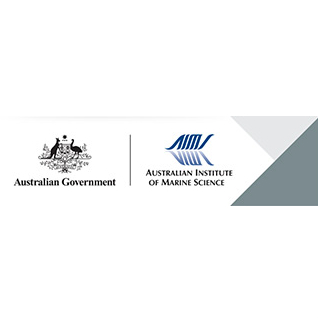Brief description
Darwin Harbour is a tropical estuarine system with a distinct wet and dry season and is one of Australia's largest deep water harbours (Russell and Hewitt 2000). The annual rainfall of Darwin averages 1714 mm, with 64% of this falling between January and March. The harbour is macro-tidal, with a maximum tidal range of 7.8 m and strong currents of up to 2 m/s that transport sediment within the harbour. Nine sites were sampled throughout the harbour on a quarterly basis at the neap tides between December 2002 and December 2004. Sites ranged in depth from 5 m (river sites) to 30 m (outer harbour sites). Highly seasonal rainfall in this region greatly affects the water quality throughout Darwin Harbour, with the results from this study showing that seasonal aspects, rather than spatial or tidal, are more important in causing significant differences in water quality. However, while nutrient, suspended solid and chlorophyll a concentrations differed between locations within the harbour, rainfall appears to have the greatest impact on these parameters. Darwin Harbour is a well mixed, though not a well-flushed system, with a huge tidal range that causes large volumes of water to move into and out of the harbour. This in turn leads to considerable differences in water mixing between different areas within the harbour and so one would expect that the concentrations of nutrients, chlorophyll a and suspended solids would be greatly influenced by this. Interestingly, our observations did not detect significant variations during the tidal studies, but did detect significant differences between wet and dry seasons. Darwin Harbour water quality, as observed during this study, was not significantly different to that observed by Padovan (1997) 12 years prior to this study. This is despite the considerable alterations and developments in the harbour and the surrounding catchment during this period. This study was undertaken to expand the existing monitoring work in the harbour carried out by the Northern Territory Department of Natural Resources, Environment and The Arts (NRETA) and to provide additional baseline information of water quality. Parameters measured: temperature, salinity, turbidity, nutrients, chlorophyll a, particulate nitrogen, particulate phosphorus and suspended solids concentrations.Lineage
Maintenance and Update Frequency: notPlannedNotes
CreditMcKinnon, A David, Dr (Principal Investigator)
Modified: 17 10 2024
text: westlimit=130.69362; southlimit=-12.71575; eastlimit=130.97065; northlimit=-12.33625
The water quality of Darwin Harbour: December 2002 - December 2004: Duggan S (2006) The water quality of Darwin Harbour: December 2002 - December 2004. AIMS report no. 37. Australian Institute of Marine Science. 55 p.
local : articleId=7230
- global : 6292acd0-7616-11dc-885e-00008a07204e


